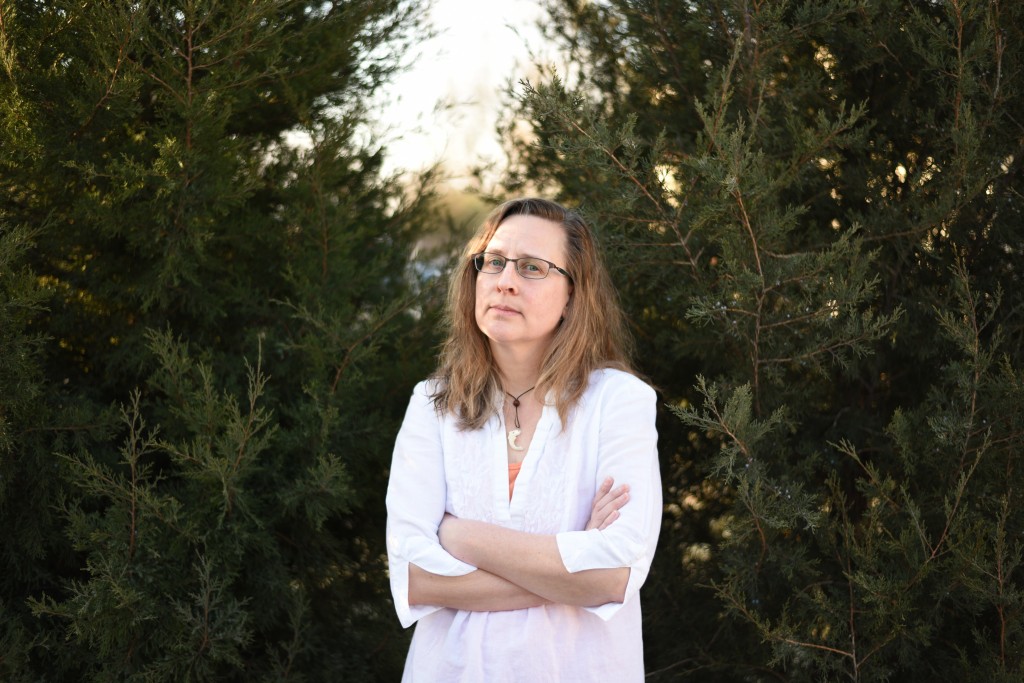Katherine Howlett Hayes, graduated from UMB in 2002
Associate Professor of Anthropology; Chair, American Indian Studies
University of Minnesota, Minneapolis
1. What is your position now; what do you do on a day-to-day basis?
I am an associate professor of anthropology and currently chair of the American Indian Studies department at the University of Minnesota. Seemingly most of what I do on a day-to-day basis is email and meetings! Though I still try to spend at least a day per week focusing on my research and I teach two courses per year, my administrative work right now takes up most of my time. In AIS, that means supporting our faculty and teaching specialists, creating or expanding curricular programs that benefit our American Indian students, and coordinating community relations. Much of the latter is centered on our two language programs, Ojibwe and Dakota, because the number of first-language speakers in both is dangerously low. The language teachers are amazing, but that is the hardest job of all, saving languages.
2. What is the most interesting project (field, lab, academic, or community) that you have worked on recently?
I have been working on the archaeology and public memory of Bdote/Fort Snelling, a local heritage site with a very troubled history. As a public site run by the Minnesota Historical Society, it was created to focus interpretation on the “original” 1820s military fort. But a multitude of stakeholders and the historical society wish to bring more attention to the more complicated history, including episodes of war, mass incarceration, and genocide of Native people; the presence of enslaved African-Americans at the fort; and the later military history that brought Japanese-Americans to the WWII language school. I’ve been working with the historical society and some of the descendant communities to create new perspectives on those histories, by focusing on landscapes and material culture beyond the 1820 view visitors get now. It’s a huge project, but really fascinating.
3. What is one thing that you remember specifically about your time at UMass?
I learned an awful lot from everyone, but I especially enjoyed working with Dennis Piechota because he thinks so expansively and creatively about how to answer our research questions. I remember one year we were planning the field season at Sylvester Manor, and he was asked what he would like to do there as part of his own research, and he got a totally mischievous look on his face before saying, “I want to bring a chunk of the site back to my lab so I can excavate it there.” And ultimately, he did exactly that. He taught me to always voice your crazy ideas, because sometimes you say it to people who know how to get it done.
4. What is the best advice you got (or wish you had gotten) in graduate school?
Barbara Luedtke gave me a little printed sheet that said “Done is better than perfect” – useful advice even now. If you don’t get your work out there, people can’t engage with it.
5. Anything else you would like to add?
Come to the AAAs in Minneapolis this year!
For more on the alumni profile series, click here.

